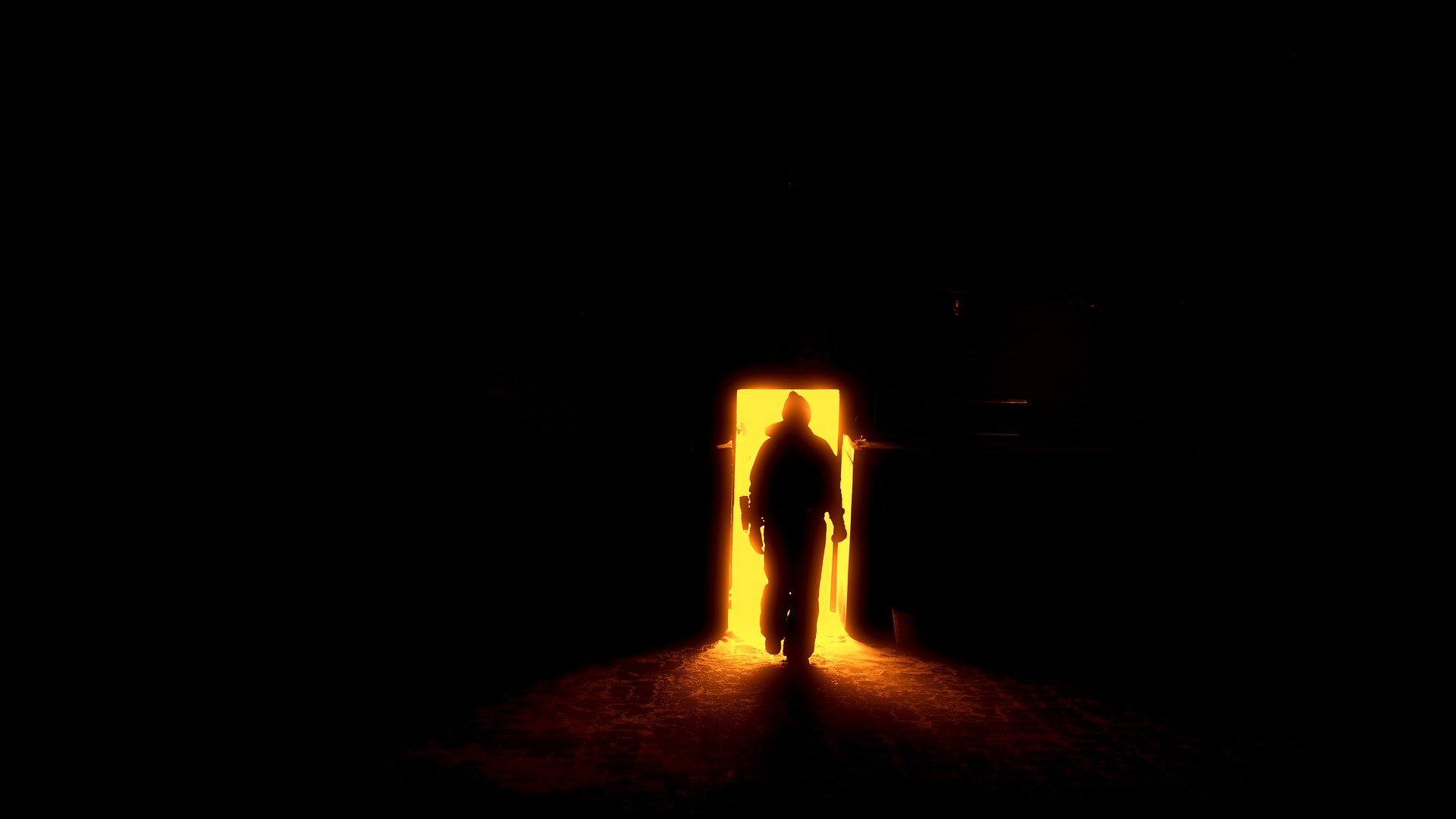
Incandescence crisis Weapon HUMANITY
Human history is replete with crises that have tested the resilience and ingenuity of civilizations. From natural disasters to pandemics, wars to economic meltdowns, each era has its own defining challenges. Among these, two crises stand out due to their profound and far-reaching impacts: the Black Death of the 14th century and the ongoing climate crisis of the modern era. Both events have shaped, and continue to shape, the trajectory of human development in significant ways.
To begin with, The Black Death, which struck Europe between 1347 and 1351, was one of the deadliest pandemics in human history. Caused by the bacterium Yersinia pestis, which was carried by fleas living on black rats, the plague resulted in the deaths of an estimated 75-200 million people. This pandemic not only decimated populations but also had profound social, economic, and cultural repercussions.
The sheer scale of mortality during the Black Death was unprecedented. Entire communities were wiped out, leading to severe labor shortages. This, in turn, caused a dramatic shift in the socio-economic structure of Europe. Feudalism, the dominant system of land ownership and social hierarchy, began to crumble as serfs and peasants found themselves in higher demand and able to negotiate better terms for their labor. This labor shortage also spurred technological innovations as societies sought ways to compensate for the diminished workforce.
Socially, the Black Death led to widespread fear and paranoia. Scapegoating and persecution of minority groups, such as Jews, were rampant as people desperately sought explanations for the catastrophe. Religious institutions, which were unable to provide answers or relief, saw their influence wane, leading to increased secularism and the questioning of traditional authorities.
Culturally, the Black Death left an indelible mark on art and literature. The pervasive presence of death led to a preoccupation with mortality and the afterlife, themes that were vividly expressed in the macabre art and literature of the period. The pandemic also accelerated changes in medical knowledge and practices, as the limitations of existing medical understanding were starkly exposed.
The Climate Crisis: A Defining Challenge of the Modern Era
Fast forward to the present, and humanity faces another crisis of monumental proportions: climate change. Unlike the Black Death, which was a sudden and acute event, the climate crisis is a slow-moving disaster resulting from the cumulative impacts of human activities over centuries. Its implications are equally, if not more, far-reaching, affecting every aspect of life on Earth.
Climate change is primarily driven by the accumulation of greenhouse gases, such as carbon dioxide and methane, in the atmosphere. These gases trap heat, leading to global warming and subsequent changes in climate patterns. The evidence of climate change is undeniable: rising global temperatures, melting polar ice caps, increasing frequency and severity of extreme weather events, and shifting ecosystems.
The impacts of climate change are multifaceted and interconnected. Environmentally, it threatens biodiversity, with countless species at risk of extinction due to habitat loss and changing conditions. Oceans are acidifying, coral reefs are bleaching, and forests are burning at unprecedented rates. These changes disrupt ecosystems that provide essential services, such as pollination, water purification, and carbon sequestration.
Economically, the climate crisis poses a severe threat to global stability. Agriculture, which relies on predictable weather patterns, is increasingly vulnerable to climate-induced disruptions, threatening food security. Coastal cities and communities face the imminent threat of sea-level rise, necessitating costly mitigation and adaptation measures. The economic burden of climate-related disasters, from hurricanes to wildfires, is already immense and continues to grow.
Socially and politically, climate change exacerbates existing inequalities and can lead to conflict. Vulnerable communities, often those least responsible for greenhouse gas emissions, bear the brunt of climate impacts. Climate-induced migration and resource scarcity can lead to tensions and instability, both within and between nations. Moreover, the transition to a low-carbon economy, while essential, poses challenges in terms of economic restructuring and job displacement.
Addressing the Climate Crisis: Lessons from History
In tackling the climate crisis, humanity can draw valuable lessons from how past crises, such as the Black Death, were managed. One key lesson is the importance of scientific understanding and innovation. Just as the limitations of medieval medical knowledge were exposed by the Black Death, our contemporary understanding of climate science is crucial in addressing the current crisis. Investing in research and development of sustainable technologies, renewable energy sources, and climate-resilient infrastructure is essential.
Another lesson is the necessity of social and economic adaptation. The Black Death led to profound changes in Europe’s socio-economic structures. Similarly, addressing the climate crisis requires a fundamental rethinking of our economic models and consumption patterns. This includes transitioning to sustainable practices, promoting circular economies, and ensuring that economic development does not come at the expense of environmental degradation.
Moreover, the importance of international cooperation cannot be overstated. The global nature of the climate crisis demands a coordinated response. International agreements, such as the Paris Agreement, are critical in setting collective targets and ensuring accountability. However, these agreements must be backed by concrete actions and commitments from all nations, particularly those with the greatest historical responsibility for emissions.
Lastly, fostering resilience and supporting vulnerable communities are paramount. Just as the social fabric of Europe was tested by the Black Death, contemporary societies must build resilience against climate impacts. This involves not only physical infrastructure but also social safety nets and inclusive policies that ensure no one is left behind in the transition to a sustainable future.
Conclusion
The Black Death and the climate crisis, while separated by centuries, underscore the profound impact that crises can have on humanity. The Black Death reshaped medieval Europe in ways that are still evident today, while the climate crisis poses an existential threat to modern civilization. By learning from the past and leveraging scientific, social, and political tools, humanity can navigate the climate crisis and build a sustainable and resilient future. The stakes are high, but so too is our capacity for innovation and adaptation.
By: Akash Devneel Narayan
Write and Win: Participate in Creative writing Contest & International Essay Contest and win fabulous prizes.


